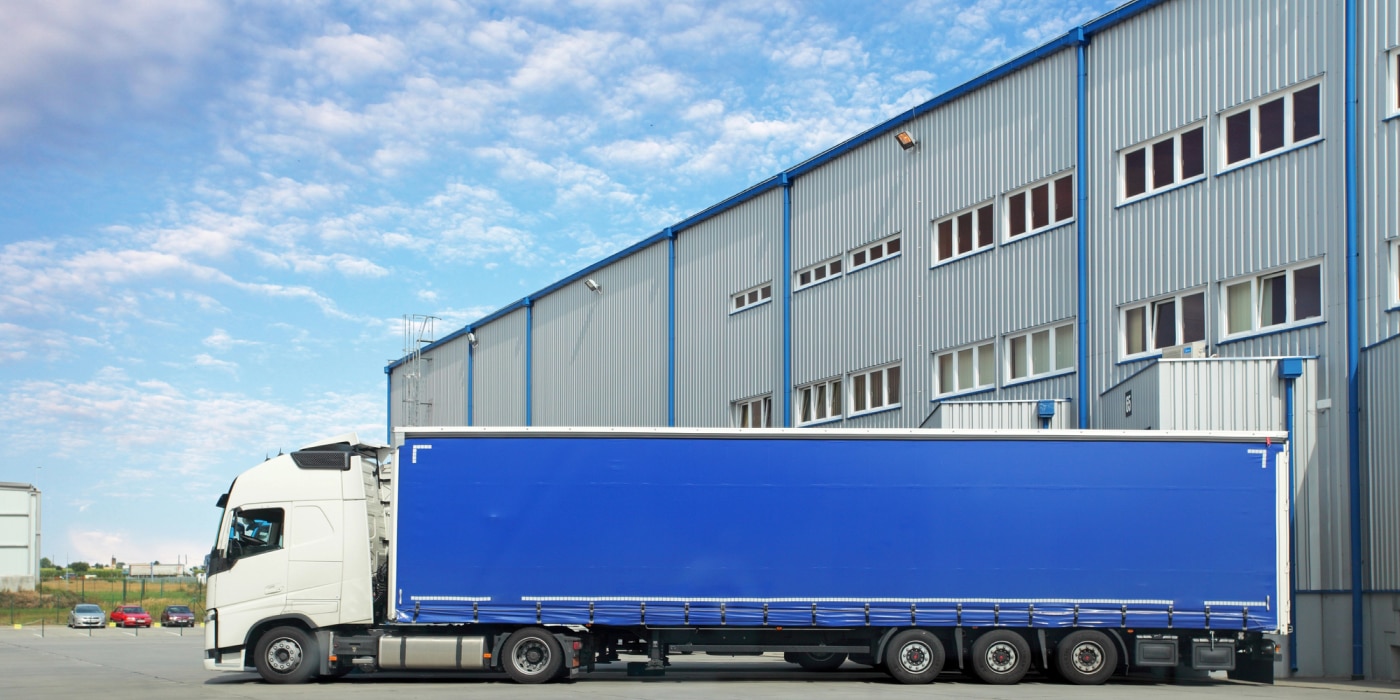Exploring Innovations in Freight Technology
From digital transformation to the integration of cutting-edge innovations, technology is modernizing how goods are transported, managed, and delivered. Digital transformation has become a cornerstone of the freight industry, unlocking greater efficiency, transparency, and connectivity. Technologies such as warehouse robots, autonomous vehicles, and digital platforms are enabling increased productivity, faster deliveries, and enhanced decision-making capabilities throughout the supply chain.
Here’s a look at some technologies modernizing freight operations and their impact on the industry.
Warehouse Automation
Automation technologies such as automated guided vehicles, automated storage and retrieval systems, and robotic arms automate repetitive tasks within warehouses that were once labor-intensive. Robots can handle repetitive tasks with precision and speed, reducing the need for manual labor and increasing productivity. Automation and robotics offer scalability and flexibility in freight logistics operations. Businesses can scale their operations efficiently by deploying additional robots or adjusting automation capabilities based on demand fluctuations.
ArcBest recently rolled out a line of automated forklifts and reach trucks for use in customers’ distribution centers and manufacturing facilities. The technology, known as Vaux Smart Autonomy, incorporates and builds on ArcBest’s Vaux Freight Movement System, modernizing traditional warehouse operations by enabling trailers to be unloaded in seconds. The Freight Movement System uses a platform on a trailer’s floor that can be removed, allowing the entire trailer to be unloaded at once. Autonomous forklifts can then simultaneously unload the platform, rather than each waiting their turn to unload the trailer.

Autonomous Vehicles
Automotive manufacturers, technology companies, and other industry professionals have been investing in research and development of autonomous vehicles for long-haul freight transportation on highways, paving the way for widespread commercial deployment. Autonomous vehicles can operate continuously without the need for breaks, optimizing delivery schedules and reducing delivery times. Autonomous vehicles can offer greater efficiency, sustainability, and productivity for freight logistics operations. The adoption of autonomous vehicles is expected to grow as technology advances and regulations evolve.
Uber Freight is teaming up with Aurora Innovation to launch Premier Autonomy. The new program will enable qualified carriers to buy Class 8 trucks equipped with an Aurora Driver subscription for autonomous driving. Once carriers are onboarded to the Aurora driver subscription, the program will use Uber Freight’s technology and shipment network to identify freight that would be a good fit for autonomous runs. Uber Freight will be one of Aurora’s first customers to cover driverless hauls for shippers on its Dallas-to-Houston driverless lane.
Logistics Optimization
Companies and government agencies are increasingly using digital platforms to streamline freight logistics, enhance visibility, and improve decision-making processes. Efficient route planning is essential for minimizing delivery costs and reducing delivery times. By leveraging route optimization software, companies can identify the most cost-effective and time-efficient routes. This not only improves delivery reliability but also enhances customer satisfaction by ensuring timely deliveries. Delivery management platforms enable companies to track, monitor, and orchestrate freight movement efficiently from a single solution.
The Freight Logistics Optimization Works (FLOW) program, led by the U.S. Department of Transportation, collects purchase order information from importers in addition to logistics supply, demand, and throughput data from participants including carriers, ports, terminals, and railways. By sharing aggregated regional data from multiple participants, FLOW provides a broad and timely level of transparency beyond the scope of any single company’s operations. Participants can use this data to better understand how regional logistics capacity can service current and future demand. Since its inception in 2022, the program has helped companies including Home Depot increase visibility and enhance relationships with logistics providers.
From enhancing visibility and efficiency to ensuring speedy delivery, technological advancements are transforming the freight industry. As these innovations continue to evolve, businesses that embrace and integrate these technologies will be better positioned to navigate the challenges of the modern supply chain and capitalize on new opportunities.
For more information about how our delivery management solution can help you manage your deliveries more efficiently, please contact info@bringoz.com.
